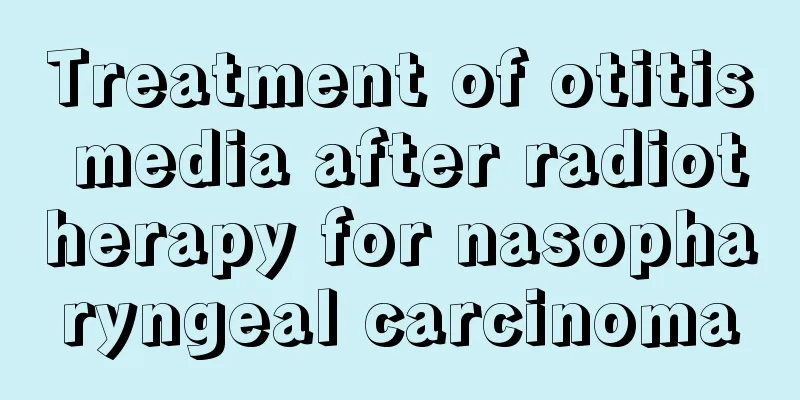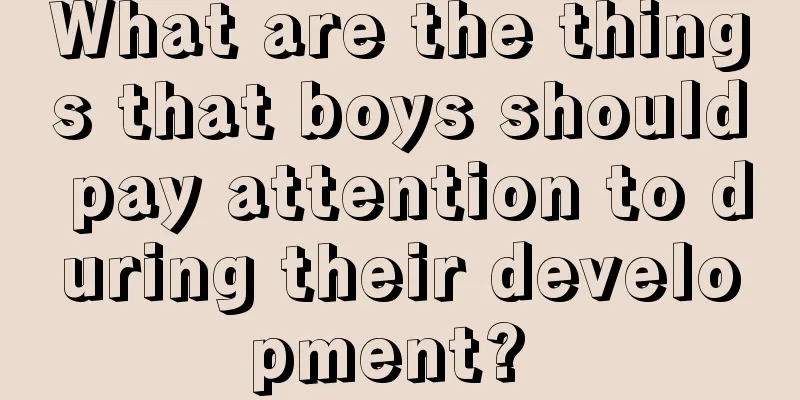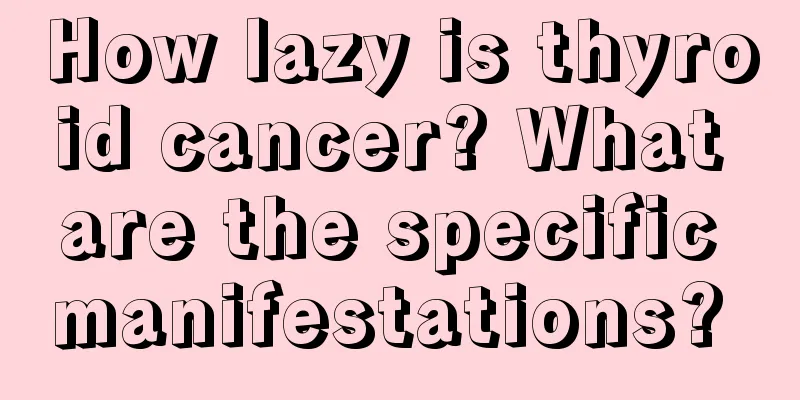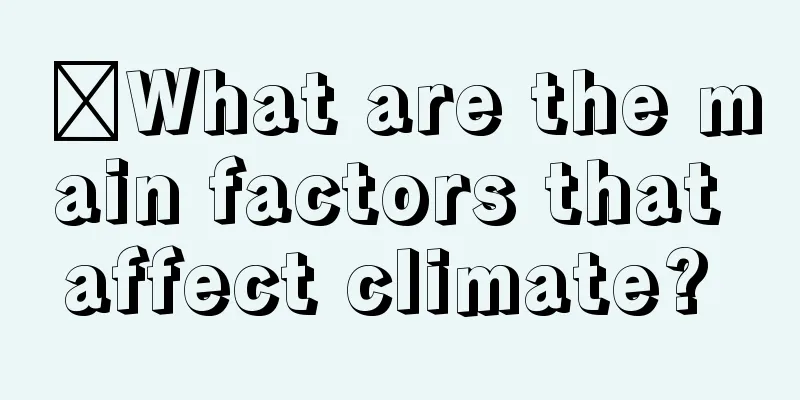Treatment of otitis media after radiotherapy for nasopharyngeal carcinoma

|
Nasopharyngeal carcinoma is mainly poorly differentiated squamous cell carcinoma. The nasopharynx is adjacent to important blood vessels and nerves, making surgical exposure difficult. Therefore, radiotherapy is the main treatment for nasopharyngeal carcinoma. However, no matter how the radiotherapy plan is optimized, most of the structures of the middle ear are within the radiation field. The resulting ear side effects will plague patients for a long time. Radiation-induced secretory otitis media is one of the most common ear side effects. Patients experience persistent tinnitus, stuffy ears, and progressive hearing impairment. Systemic treatment of radiation-induced secretory otitis media mainly includes neurotrophic and vasodilator agents, and the use of broad-spectrum antibiotics. Local treatment mainly includes tympanic membrane tube placement and tympanic membrane puncture and fluid extraction under ear endoscopy. Tympanic membrane puncture and fluid extraction can effectively relieve the patient's symptoms of ear congestion and tinnitus, but the relief lasts less than one month, and repeated tympanic membrane puncture and fluid extraction can cause permanent perforation of the tympanic membrane; tympanic membrane tube placement can significantly improve the patient's hearing impairment, reduce symptoms such as tinnitus, ear congestion, and headache, and the maintenance time is also longer, up to more than half a year, but tympanic membrane tube placement connects the middle ear cavity to the outside world, increasing the chance of middle ear infection and the risk of complications such as suppurative otitis media, tympanosclerosis, and conductive deafness. In addition, partial tympanectomy and fiberoptic nasopharyngeal endoscopic Eustachian tube dilation and injection can also be used to treat secretory otitis media after radiotherapy for nasopharyngeal carcinoma. However, partial tympanectomy also carries the risk of complications such as otorrhea and residual tympanic membrane perforation. Although fiberoptic nasopharyngeal endoscopic Eustachian tube dilation and injection can avoid tympanic membrane perforation or infection, repeated Eustachian tube dilation can aggravate damage to the Eustachian tube and lead to restenosis. For patients with severe hearing impairment, relief can be obtained by using hearing aids, but the negative pressure of middle ear effusion is not relieved, and the patient's headache, tinnitus, and ear stuffiness symptoms cannot be relieved, and the patient's quality of life cannot be effectively improved. |
<<: TNM staging of nasopharyngeal carcinoma
>>: Pioglitazone may increase the risk of bladder cancer
Recommend
Is rectal injection good?
If a child is sick, parents will take the child t...
How to rub the stomach to promote digestion
In our daily life, everyone will encounter indige...
How to remove black caries by yourself
Everyone's dental caries condition is differe...
How long will it take for a glioma patient to die if he doesn't take medicine
How long will it take for glioma patients to die ...
What's the matter with the constant sneezing and runny nose
If you keep sneezing or have a runny nose, it is ...
What is the most effective way to treat liver cancer? Minimally invasive interventional therapy is the first choice for liver cancer treatment
Liver cancer is one of the common malignant tumor...
What are the vegetables rich in vitamin D
If people want to grow up healthily, they cannot ...
Can masturbation lead to kidney deficiency
It is normal for many teenagers to need sexual re...
How to treat prostate cancer? What to do if you have prostate cancer
The pathological types of prostate cancer include...
How can skin injuries heal quickly without leaving scars
Skin trauma in children is the most common type o...
What are the types of gastric cancer
According to histological characteristics such as...
Early symptoms of colorectal cancer and gastric cancer
Early symptoms of colorectal cancer and stomach c...
Repeated fever, all examinations are normal
In daily life, we eat a lot of food every day. No...
A brief discussion on the specific clinical manifestations of early symptoms of liver cancer
Liver cancer is still relatively common in China,...
There are three pains in the early stage of bone cancer
Regarding the saying that bone cancer causes pain...









